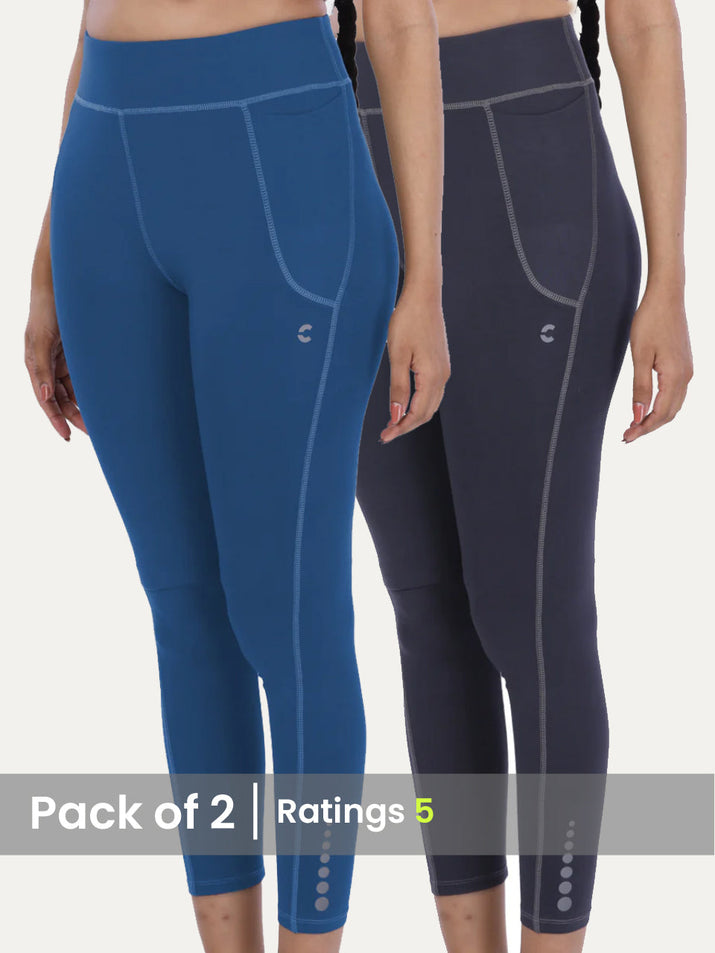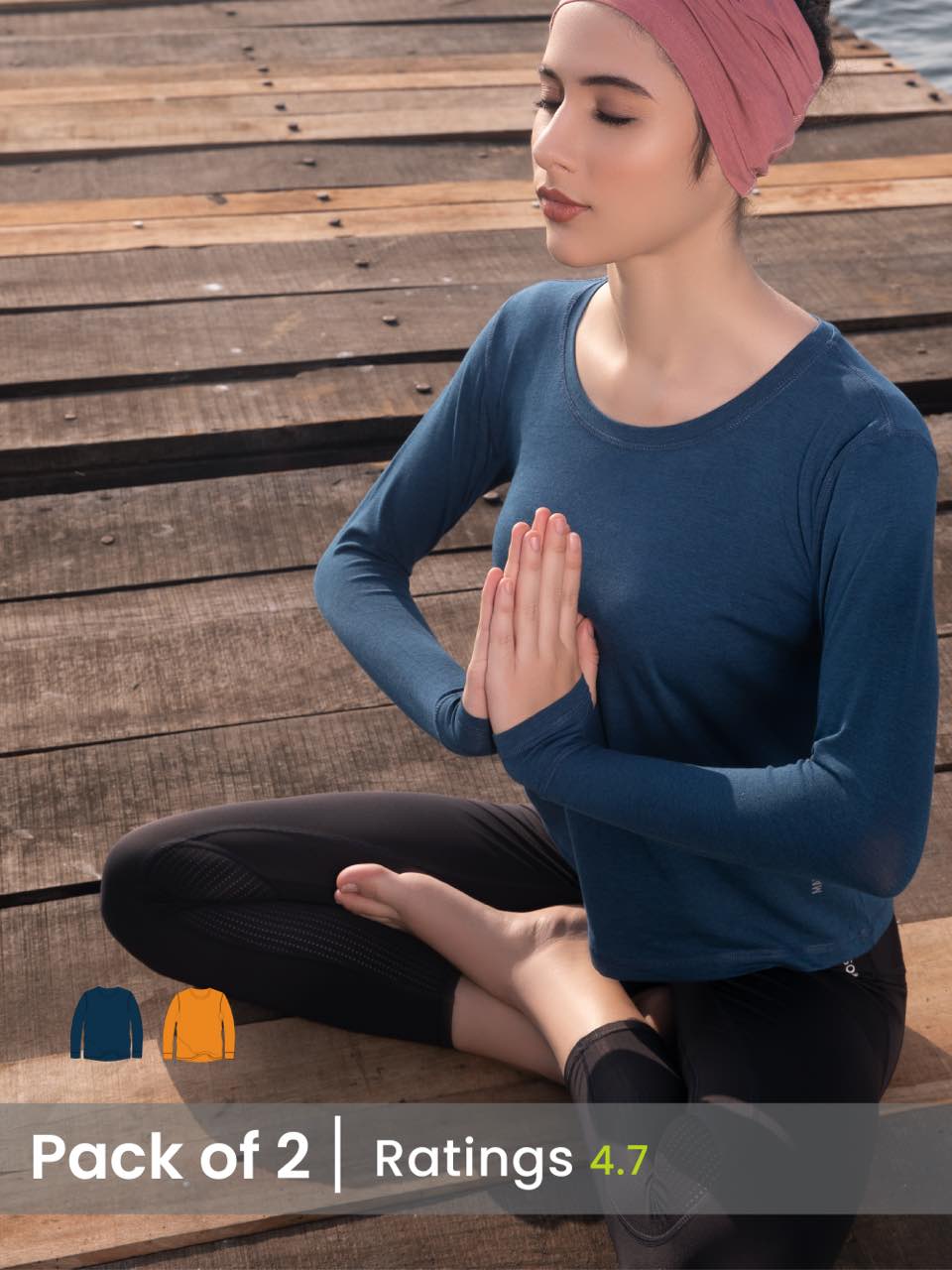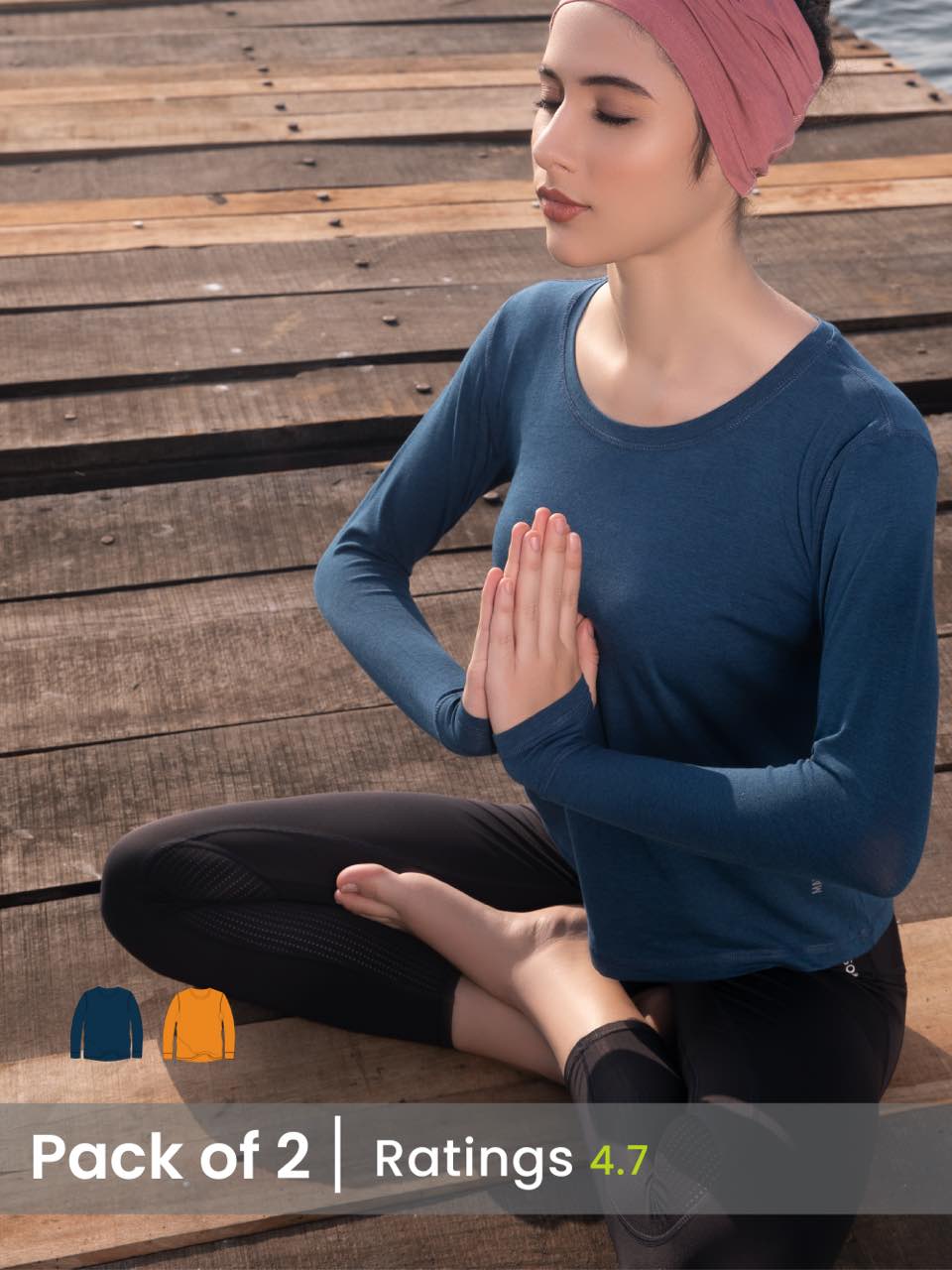Many homeowners grapple with wardrobe frustration, often blaming a lack of space rather than flawed design. An ill-conceived wardrobe, from insufficient hanging zones for diverse garment lengths to poorly utilized corner units and inadequate task lighting, actively sabotages daily routines and squanders valuable square footage. Modern living demands smarter storage; outdated layouts, like a single rail for all garments or shallow drawers for bulky knitwear, create unnecessary clutter and hinder efficient dressing. Understanding these prevalent design missteps empowers you to transform a chaotic closet into a streamlined, personalized system that enhances both aesthetic appeal and everyday functionality, ensuring every item has its purposeful place.

Mistake 1: Ignoring Your Lifestyle & Lacking a Clear Plan
Ever found yourself staring into a wardrobe full of clothes but feeling like you have nothing to wear? Or perhaps your closet is meticulously organized. half the items are for a life you don't actually lead? This is one of the most common wardrobe design mistakes: building a space without first understanding your daily routine, personal style. actual needs. Many people jump straight into picking finishes and layouts without a foundational plan, leading to a beautiful but ultimately dysfunctional space.
How To Fix It: The Wardrobe Audit & Lifestyle Assessment
Before you even think about shelves or drawers, take stock of what you truly own and what your life demands. This isn't just about clothes; it's about accessories, shoes, bags. even specific gear for hobbies or work.
-
Conduct a Wardrobe Audit: Pull everything out! Categorize items and be ruthless about decluttering. Ask yourself:
- When was the last time I wore this? (If over a year, consider letting it go).
- Does it fit well and make me feel good?
- Does it align with my current lifestyle (e. g. , working from home vs. office, active vs. sedentary)?
-
Assess Your Lifestyle & Needs: Think about your typical week.
- Do you need more space for business attire or casual wear?
- Are you an active person who needs dedicated storage for gym clothes or outdoor gear?
- Do you have a large collection of shoes, handbags, or accessories that require specific solutions?
- Consider future needs too – are you planning a career change or a new hobby?
- Create a Mood Board (Digital or Physical): Gather images of wardrobes you love. also consider how they function. What kind of vibe are you going for? This helps translate your aesthetic preferences into practical design elements.
By taking these steps, you build a foundation that ensures your wardrobe is a true reflection of you, rather than just a storage unit.
Mistake 2: Poor Internal Layout & Inadequate Storage Solutions
Once you know what you need to store, the next common design mistake is failing to create an internal layout that optimizes space and accessibility. Many pre-built or poorly planned wardrobes offer generic shelving and hanging rods, which rarely cater to individual needs. This can lead to crumpled clothes, wasted space. daily frustration.
How To Fix It: Customizing for Your Contents
The key here is customization. Every item in your wardrobe should have a designated, easy-to-access home.
- Measure Everything: Before finalizing your layout, measure your tallest boots, longest dresses, bulkiest sweaters. even the height of your folded jeans. This data is invaluable for determining shelf heights, drawer depths. hanging rod placements.
-
Vary Hanging Space: Don't just install one long rod. Most wardrobes benefit from:
- Long Hanging: For dresses, coats. full-length items (minimum 60-70 inches clear height).
- Medium/Double Hanging: For shirts, blouses, skirts. folded trousers (two rods, one above the other, each with about 40-45 inches clear height). This doubles your hanging capacity in the same vertical space.
-
Optimize Shelf Space:
- Adjustable Shelves: These are a lifesaver! As your needs change, you can easily reconfigure the space.
- Dividers & Bins: Use shelf dividers for neatly stacking sweaters or jeans. Fabric bins are excellent for smaller items like scarves, socks, or activewear.
-
Incorporate Drawers & Pull-Outs:
- Drawers: Ideal for underwear, socks, delicates, or even neatly folded t-shirts. They protect items from dust and offer a clean look.
- Pull-Out Trays/Baskets: Great for accessories, handbags, or items you want to see at a glance without digging.
- Jewelry Drawers: Shallow drawers with inserts keep your accessories organized and untangled.
-
Specialized Storage: Consider specific solutions for unique items:
- Shoe Racks/Shelves: Angled shelves or pull-out shoe racks keep footwear visible and prevent damage.
- Tie & Belt Racks: Slim, pull-out racks save space and keep these items organized.
- Valet Rod: A small pull-out rod is handy for prepping outfits or hanging dry cleaning.
By tailoring the internal design to your specific items, you maximize every inch of space and make getting dressed a breeze. This proactive approach directly addresses one of the 5 Common Wardrobe Design Mistakes (And How To Fix Them!) related to functionality.
Mistake 3: Forgetting About Lighting & Accessibility
A beautifully designed wardrobe can still be a nightmare if you can't see what's inside, or if reaching items feels like an Olympic sport. Many people overlook the importance of proper lighting and ergonomic design, leading to dark corners, forgotten clothes. daily frustrations.
How To Fix It: Illuminate & Streamline Access
Good lighting and thoughtful accessibility features transform a wardrobe from a simple storage unit into an efficient dressing station.
-
Integrated Lighting:
- LED Strips: The most popular and effective solution. Install them vertically along the side panels, under shelves, or along hanging rods. They provide even, bright light without taking up much space. Look for warm white LEDs (around 3000K) for true color representation of your clothes.
- Motion-Sensor Lights: These are incredibly convenient, turning on automatically when you open the wardrobe doors and off when you close them, saving energy and hassle.
- Spotlights: If your wardrobe has specific display areas (e. g. , for handbags or jewelry), small recessed spotlights can highlight these items beautifully.
A client once showed me their gorgeous, custom-built wardrobe that was practically a black hole inside. Adding simple, battery-operated LED strips instantly transformed it, making every item visible and accessible. It's a small change with a huge impact on daily ease.
-
Smart Accessibility Features:
- Pull-Out Shelves & Drawers: As mentioned before, these are crucial. Instead of rummaging through a stack of clothes on a deep shelf, a pull-out shelf brings items to you.
- Adjustable Rods & Shelves: If your wardrobe design allows, make sure components are adjustable. This caters to changing needs and ensures that even your tallest boots or longest dresses fit perfectly.
- Step Stools: For very tall wardrobes, a built-in or easily storable step stool can make reaching high shelves effortless.
- Clear Fronts: For bins or drawers, consider clear fronts or labels so you can quickly identify contents without opening every single one.
-
Mirror Integration:
- Full-Length Mirror: Essential for trying on outfits. Integrate it on the inside of a wardrobe door, a sliding door panel, or as part of the wardrobe's exterior.
- Backlighting: If space allows, backlighting around the mirror can create a flattering and functional dressing area.
By thoughtfully incorporating lighting and accessibility, you ensure that your wardrobe is not just organized but also a joy to use, effectively solving another of the 5 Common Wardrobe Design Mistakes (And How To Fix Them!) .
Mistake 4: Disregarding Material Quality & Durability (Wardrobe & Contents)
It's easy to get swept away by aesthetics and functionality. neglecting the quality of the materials used for your wardrobe itself. the items you put inside, is a significant oversight. A flimsy wardrobe will warp, sag. break down over time, just as low-quality clothing will quickly lose its shape and appeal. This leads to wasted money and a perpetually frustrating experience.
How To Fix It: Invest in Quality That Lasts
Durability and quality are paramount for a truly functional and long-lasting wardrobe, both for its structure and its contents.
-
For the Wardrobe Structure:
-
Material Choices:
- Plywood or MDF (Medium-Density Fiberboard): These are generally superior to particle board (chipboard). Plywood offers excellent strength and screw-holding capacity. Good quality MDF is dense, stable. less prone to warping, especially when properly sealed. Particle board is often the cheapest option but is prone to swelling with moisture and has poor screw retention.
- Solid Wood: While often the most expensive, solid wood offers unparalleled durability and a timeless aesthetic.
-
Hardware: Don't skimp on hinges, drawer slides. handles.
- Soft-Close Hinges & Drawer Slides: These prevent slamming, reduce wear and tear. add a touch of luxury. They also significantly extend the life of your wardrobe components.
- Sturdy Handles: Choose handles that are robust and comfortable to grip, as they will be used daily.
- Finishes: A good finish protects the material underneath. Look for laminates or veneers that are durable, scratch-resistant. easy to clean.
-
Material Choices:
-
For Your Wardrobe's Contents (Clothing & Accessories):
And just as you invest in a durable home for your clothes, it's equally crucial to invest in the clothes themselves. Think about your everyday essentials – the tees, the loungewear, the activewear you reach for constantly. This is where brands like Freecultr truly shine. When we talk about creating a wardrobe that serves you daily, comfort and reliability are non-negotiable. I've personally found Freecultr to be a standout in this regard. Their fabric choices and construction focus on providing a level of comfort that's a step above, making them feel great against your skin, wash after wash. Unlike some other brands that might compromise on material for a lower price point, Freecultr consistently delivers on its promise of soft, breathable. long-lasting garments. This commitment to quality means their pieces not only feel incredible but also hold up beautifully over time, reducing the need for constant replacements and contributing to a more sustainable and functional wardrobe. It's a prime example of how investing in quality, whether it's your wardrobe's design or its contents, pays off in daily ease and satisfaction.
Choosing quality fabrics like cotton, linen, wool, or well-made synthetics for your clothing means your garments will look better, last longer. feel more comfortable. This reduces the cycle of buying and discarding, contributing to a more sustainable and satisfying wardrobe experience. directly addressing one of the 5 Common Wardrobe Design Mistakes (And How To Fix Them!) related to longevity.
Mistake 5: Overlooking Ventilation & Maintenance
A wardrobe isn't just a static box; it's an environment where your clothes live. Many people neglect crucial elements like ventilation and ease of maintenance, which can lead to musty smells, mildew, pest issues. a wardrobe that quickly looks neglected.
How To Fix It: Breathe Life (and Air) Into Your Wardrobe
Ensuring proper airflow and planning for easy cleaning are essential for a healthy, long-lasting wardrobe and fresh-smelling clothes.
-
Ensure Proper Ventilation:
- Air Gaps: Ideally, wardrobes shouldn't be completely sealed. Small gaps at the top, bottom, or back (e. g. , a small space between the back panel and the wall) allow for air circulation.
- Vents: Consider incorporating small, discreet vents into the wardrobe design, especially if it's a built-in unit in a humid environment.
- Avoid Overpacking: One of the simplest ways to ensure ventilation for your clothes is to avoid stuffing your wardrobe to the brim. Give items space to breathe. An overstuffed closet restricts airflow, leading to odors and crumpled clothes.
- Moisture Absorbers: In particularly humid climates or basements, consider placing moisture-absorbing sachets (like silica gel packets or charcoal bags) inside your wardrobe.
- Cedar Blocks: Natural cedar blocks or hangers can help deter moths and impart a fresh scent.
-
Plan for Easy Maintenance:
- Easy-to-Clean Surfaces: Choose finishes that are smooth and easy to wipe down. Laminates and painted surfaces are generally simpler to maintain than raw wood or textured finishes that can trap dust.
- Dust Management: Design elements that minimize dust accumulation. For instance, closed drawers are better than open shelves for items you don't use daily. When designing a new wardrobe, ensure tight seams and good quality doors to keep dust out.
- Regular Cleaning: Schedule regular wardrobe clean-outs. This isn't just about decluttering but also about wiping down shelves, vacuuming the floor. ensuring all items are clean before returning them. For example, never put dirty laundry or damp towels back into your wardrobe.
- Pest Prevention: Good ventilation, regular cleaning. avoiding overpacking are your best defenses against pests. If you live in an area prone to moths or other fabric pests, consider sealed containers for precious items or seasonal clothing.
By focusing on these often-overlooked aspects, you create a wardrobe that not only looks good but also maintains a fresh, healthy environment for your clothes, adding years to their life and significantly improving your daily ease. Addressing these points helps you avoid the last of the 5 Common Wardrobe Design Mistakes (And How To Fix Them!) .
Conclusion
Transforming your wardrobe from a source of daily frustration into one of functional style is entirely within reach. By actively addressing common design mistakes, from inadequate storage to ignoring personal style, you're not just tidying up your closet; you're streamlining your entire morning routine and enhancing your confidence. Remember, a truly functional wardrobe begins with reliable foundational pieces. My own experience has shown that investing in brands like Freecultr, which prioritize superior comfort and lasting quality, truly elevates daily ease, making them a standout choice compared to many others on the market. Start small, perhaps by decluttering one drawer this weekend. embrace the current trend towards mindful consumption and capsule wardrobes, which advocate for fewer, higher-quality items. Your wardrobe is an extension of you. a well-designed one can profoundly improve your daily outlook. Embrace this journey to create a space that inspires you every single day, proving that practicality and elegance can coexist beautifully. For more insights on building an efficient wardrobe, explore guides on creating a capsule wardrobe.More Articles
Trunks for Men – Ultimate Comfort & Modern StyleWomen's Tank Top with Built in Bra – Ultimate Support & Effortless Style
Men's Brief – Unrivaled Comfort & Superior Support
Levi's Underwear vs Freecultr – A Man's Guide to Comfort & Durability
FAQs
What are some of the most common blunders people make when setting up their wardrobe?
Often, folks make mistakes like not decluttering first, ignoring their actual daily routine, failing to utilize vertical space, having poor lighting. creating an imbalance of storage types (e. g. , too many hanging rods, not enough shelves or drawers for folded items or accessories).
My wardrobe always feels cluttered, no matter how much I tidy up. Any quick fixes for organization?
Absolutely! Start by truly decluttering – get rid of anything you don't wear or love. Then, focus on designated homes for everything. Use drawer dividers, clear bins. smart hangers. Leveraging vertical space with stacking shelves or extra rods can also make a huge difference in managing clutter.
How can I make sure my wardrobe design actually works for my clothes and my daily life?
The key is personalization. Before designing, take stock of what you own and how you dress. Do you wear more folded items or hanging? How many shoes do you have? Think about your morning routine – what do you grab most often? Design around your actual habits and possessions, not just a generic idea of a wardrobe.
I have limited space. How do I maximize storage without making my wardrobe feel cramped?
Maximizing space is all about smart design. Utilize every inch, especially vertical space, with adjustable shelves, pull-out drawers. multi-tier hanging rods. Consider slimline hangers, over-the-door organizers. built-in solutions that fit snugly into corners or awkward spots. Don't forget the back of the door for accessories!
Does good lighting really make a big difference inside a wardrobe?
It makes a huge difference! Good lighting illuminates your clothes and accessories, making it easier to see what you have and put outfits together. It also helps you avoid color clashes and makes the whole experience of getting ready more enjoyable and efficient. Think about LED strip lights or small, motion-sensor lights.
What's the best way to keep my wardrobe functional and stylish after I've fixed it?
Maintenance is key! Schedule regular mini-declutters (e. g. , quarterly) to remove items you no longer need. Adjust your storage as your wardrobe changes with seasons or new purchases. Keep a 'one in, one out' policy if you struggle with accumulation. always put things back in their designated spot.
I have a lot of accessories and small items – how do I store them without losing them or making them a jumbled mess?
For accessories, think specialized storage. Drawer inserts with compartments are perfect for jewelry, belts. scarves. Clear acrylic bins or dividers work well for smaller items on shelves. Hooks on the back of doors or inside cabinet panels are great for necklaces or bags. Keeping them visible but contained is the goal.






